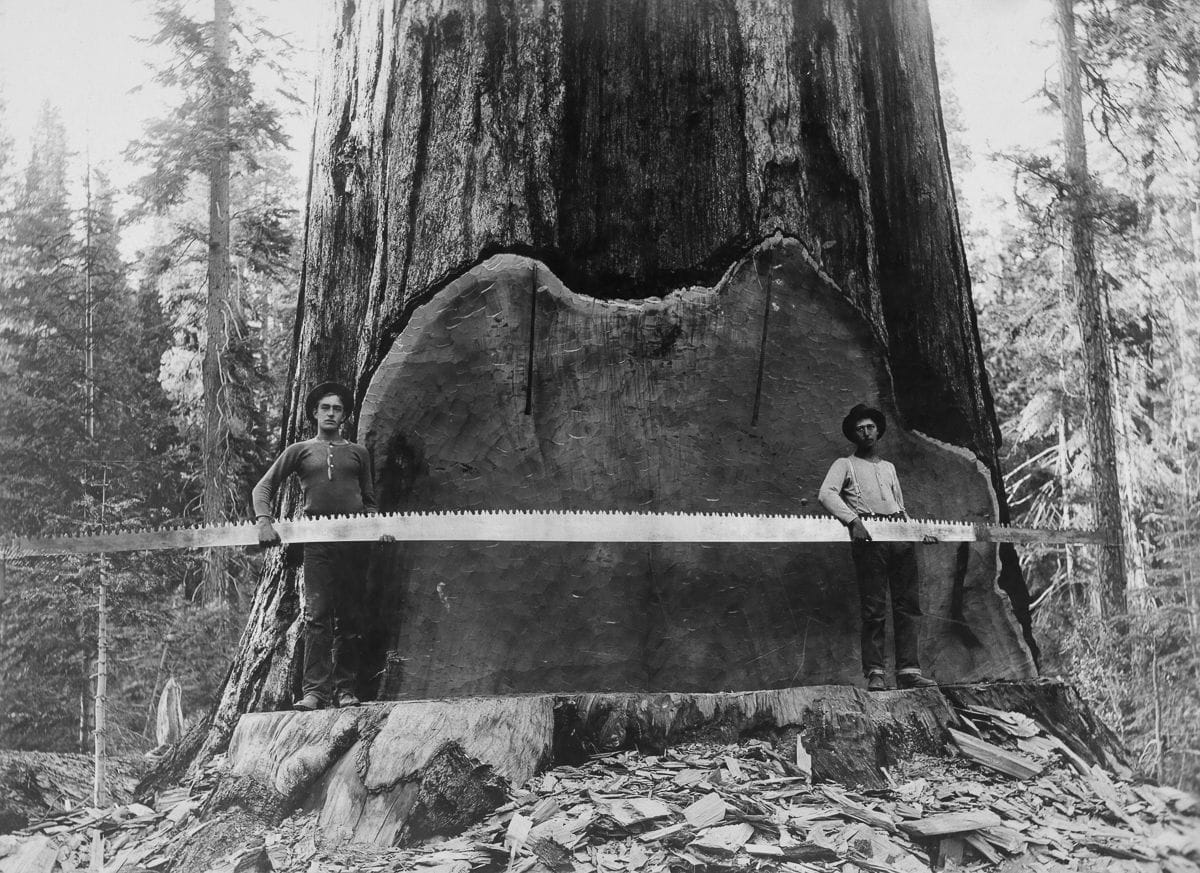C16 and C24 timber, wood or lumber?
Wood is wood, right? Wrong.
Wood is wood when it is a tree and has its roots firmly embedded in the ground. Trees are made of wood.
Why wood is called timber
The minute you cut that tree down, it is no longer wood, it’s timber. That may help you to understand why lumberjacks scream “Timberrr” at the top of their voice when a tree is felled, rather than “Watch out!”. The tree became timber the moment it began to topple.
When does wood become regularised timber?
So, just when you thought you’d got wood sorted out, the Americans stuck their oar in and decided that while you call wood from a felled tree timber, once it had been through a sawmill, it then became lumber. Over here, we decided to play them at their own game, and we now call sawn timber that has also been planed as “regularised” timber, principally because it has also been sawn into regular widths and lengths. Regularised timber is ideal for the principal structure and load-bearing applications, and as it has been planed, it is more ‘user friendly’ to handle.
Of course, the story doesn’t end there, as there is a twist or two to the plot.
What’s the difference between C16 timber and C24 timber?
There is then the quality recognition system.
You may have seen regularised timber marked C16 timber or C24 timber and wondered what that meant or signified.
It’s not as technical or complicated as you might have imagined.
C16 and C24 represent two distinctly different types of softwood timber, basically pine. The reason there is a difference relates to how quickly the pine trees the timber came from grew.
C16 timber comes from fast-growing trees. It consequently tends to have more knots in it than slower-grown timber. In addition, the wood is less dense, which means it is less durable and has less strength. This is a combination of the greater number of knots, and the fact that the wood fibres are less dense. The slower a tree takes to grow, the denser the wood will be, which explains why oak, a very-slow-growing tree, is a hardwood as opposed to pine, which is a softwood.
C24 timber is roughly 50% stronger than C16 timber, so is better suited to longer spans or heavier loads, so a C16 timber joist will not be able to bear the same load weight as a C24 timber joist.
When to opt for tanalised treated timber
We then come down to the final decision you have to make. Do you need your timber tanalised or not? Tanalised timber in the UK is wood which has been pressure treated with chemicals to act as a barrier against rot and insect infestation.
So, where do you use these various types of timber?
Well, as an example, 6" x 2” timber, which usually comes in lengths between 3m and 4.8m is used for floor joists, ceiling joists, rafters, timber framing and external decking joists.
Regularised timber is also frequently used as timber carcassing, the framework to which plasterboard is frequently attached. Again, providing the location is not going to be subject to moisture, you don’t have to use tanalised timber and especially if it is not strictly for structural work.
Sustainable FSC timber
Timber which comes from a reputable source will be FSC-certified timber. You can read all about FSC timber here.
Unless you are in the building, carpentry or joinery business, the variety of sawn timber available can be confusing, so if you’re not sure what you need but you know what you need it for, give us a call and we’ll be able to tell you exactly the right wood to purchase.
View our range of C24 Treated Timber




